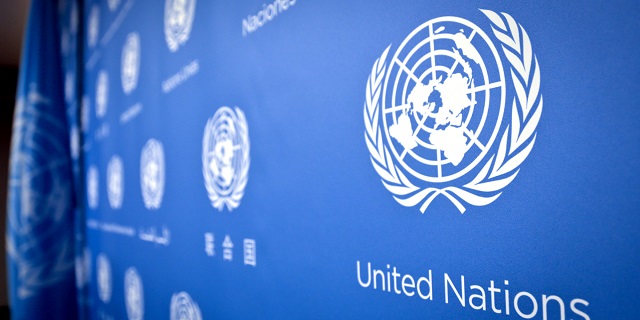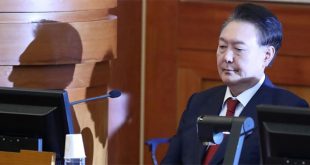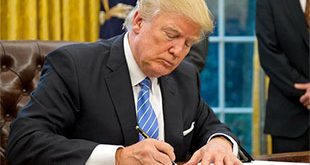
United Nations, United States | AFP | There’s Ojibwe in Canada, Ami in Australia and Ayapanec in Mexico: these are among the world’s nearly 2,700 indigenous languages at risk of disappearing unless new initiatives are taken to revive them, UN officials say.
The United Nations is hoping to raise awareness of the cultural loss with the launch this week of the International Year of Indigenous Languages, a yearlong project to help protect these ancient mother tongues.
“2019 must serve as a turning point in our collective determination to save indigenous languages and those who speak them,” Maria Fernanda Espinosa, the president of the General Assembly, told a UN gathering on Friday.
Out of the roughly 7,600 languages spoken worldwide, 2,680 indigenous languages are in danger and many are disappearing at an alarming rate, according to UN officials.
“Every two weeks, there is an indigenous language that disappears, so it is a pretty large toll indeed,” said Ernesto Ottone-Ramirez, an assistant director at the UN’s cultural agency UNESCO.
In 2003, the last fluent speaker of Akkala Saami, spoken in Russia’s northern Kola peninsula, died, a few years before Tefvic Esenc Eyak disappeared in 2008 with the death of Marie Smith Jones in Alaska.
At a ceremony in Paris this week, eight-year-old Odeskkun Thusky spoke in his native Algonquin from Canada’s First Nation regions in Quebec and Ontario.
“It’s important to speak this language because our language here is dying and we want more people to speak it so our language doesn’t die,” Thusky told AFP.
Canada, home to around 630 First Nation tribes comprising 1.4 million people, has promised funds to help revitalize several languages.
In Australia, more than 250 aboriginal languages were spoken when the British first started to settle in 1788, but only around 120 are still spoken today.
In a bid to hold on to them, some Northern Territory schools now provide education in both English and an aboriginal language.
 The Independent Uganda: You get the Truth we Pay the Price
The Independent Uganda: You get the Truth we Pay the Price



